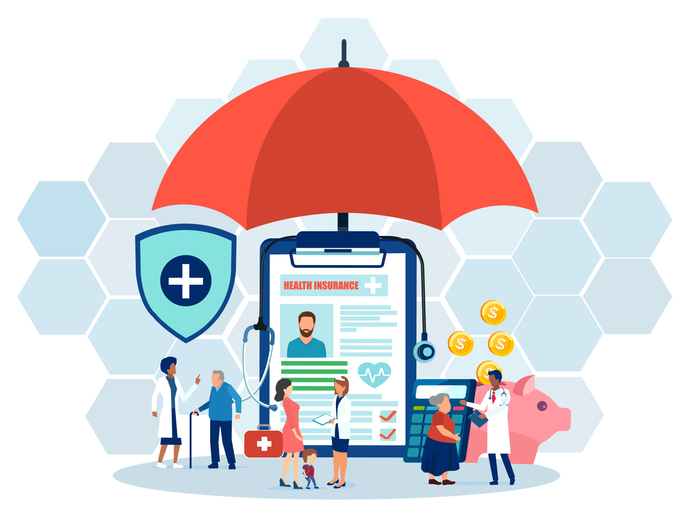
Despite early data showing more people experienced worse mental health last year, use of mental health services declined in 2020 among people covered by Medicaid and the Children’s Health Insurance Program (CHIP).
Both adults and children saw a steep decline in use of mental health services during the pandemic, according to data released on Friday by the Centers for Medicare and Medicaid Services.
Adults used mental health services 22% less in 2020 than they did in 2019, and substance use disorder services also fell by 13%.
For children, the difference was even more stark. They saw a 34% decline in mental health services last year.
In total, more than 100 million people — including 43 million children — access healthcare through Medicaid and CHIP.
“This new data provides a window into the impacts of the pandemic for marginalized communities – particularly children and other vulnerable people – and is critical as we work towards meeting the needs of those that rely on Medicaid and CHIP,” CMS Acting Administrator Liz Richter said in a news release. “While we’re encouraged that people are accessing some health care services at pre-pandemic levels, there is work to do to connect people to mental health care services and to ensure we fill the gap in other types of services that was caused by the pandemic.”

A Deep-dive Into Specialty Pharma
A specialty drug is a class of prescription medications used to treat complex, chronic or rare medical conditions. Although this classification was originally intended to define the treatment of rare, also termed “orphan” diseases, affecting fewer than 200,000 people in the US, more recently, specialty drugs have emerged as the cornerstone of treatment for chronic and complex diseases such as cancer, autoimmune conditions, diabetes, hepatitis C, and HIV/AIDS.
Even as people begin trickling back in for preventive services, there’s still a long way to go to return to baseline levels. For example, vaccinations for children under age two were down 9% last year, and dental services for children under age 19 were down 39%. Mental health services still haven’t rebounded to levels seen in prior years, according to preliminary data.
It’s also important to note that this data includes telehealth visits, which surged to 68 million visits between March and October, up by more than 2,700%. The increase, however, was still not enough to offset the decline in utilization in some areas.
Photo credit: Aleksei Morozov, Getty Images














